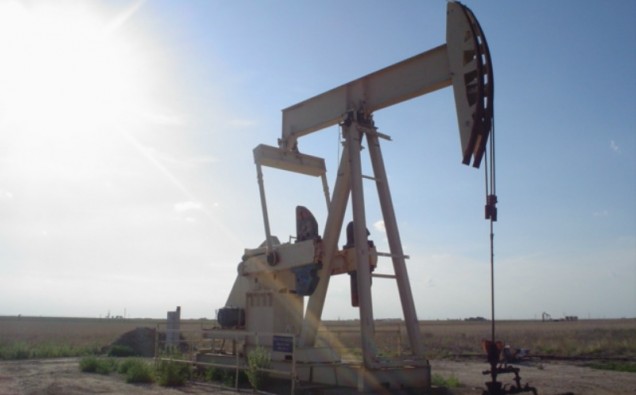
Lower oil prices in the international market caused a 35 percent dip in the U.S. mining and exploration investment in 2015, the lowest in at least nine decades, according to a latest report by the Energy Information Administration.
Mining and exploration investment declined to $87.7 billion in 2015 from $135 billion in 2014, said the EIA report released this week. Investment in mining and exploration mostly reflects petroleum exploration and development, but also includes natural gas, coal and other minerals.
“Low oil prices remain a major factor in oil exploration and production firms’ decisions to reduce capital expenditure,” according to the report. “Fourth-quarter earnings statements from U.S oil companies indicate plans to further reduce capital expenditure to balance spending with lower cash flows until crude oil prices increase enough to make investments economic.”
U.S. Oil giant Exxon Mobil, the world’s largest publicly traded oil company, reported a sharp decline in earning – 67 cents a share compared with $1.32 a share in the same period last year. Revenue for the same period stood at $59.81 billion against $87.28 billion a year ago.
High inventory levels of crude oil, prospects of additional supplies, depressed commodity prices and an uncertainty about the global economic outlook have contributed to push the U.S. crude oil prices below $30 per barrel, hurting profit margins for companies like Exxon.
Global oil prices have dropped more than 70% from the highs of above $100 a barrel in 2014 on increasing supplies from leading producers such as Saudi Arabia, Russia and the U.S. to grab market share. Total U.S. commercial crude oil inventories were 503 million barrels as of January 29, the first time stocks crossed the 500 million mark, according to EIA. It compared with 371 million barrels on average during 2011-15 January.
Global oil glut is mainly due to increasing supplies from oil producers such as Saudi Arabia, Russia, surging U.S. production and depressed demand in many countries confronted with low economic growth.
Crude prices rose from a 13-year low on Feb. 12 following remarks by UAE energy minister, as reported by the Wall Street Journal, that members of OPEC (Organization of the Petroleum Exporting Countries) were open to cutting output, but only with “total cooperation from everyone,” a likely reference to non-OPEC members.
Even if that doesn’t happen, experts believe OPEC producers may seize the current levels that could boost market sentiments. OPEC currently has 13 members – Iran, Iraq, Kuwait, Saudi Arabia, Venezuela, Qatar, Indonesia, Libya, UAE, Algeria, Nigeria, Ecuador and Angola. All other oil producers including the United States, Russia, Mexico, China, Canada, Norway, United Kingdom etc. are non-OPEC members.
An apparent stumbling block in a proposed freeze could be Iran which is reportedly reluctant to contain supplies as it struggles to recover a market share after the lifting of sanctions in January, which were imposed in 2012 over its nuclear program. Since lifting of sanctions, Tehran has boosted supplies by a 500,000 barrels-per-day and have signed contracts with European and Asian customers.
Over supplies have hit countries where economies are depended on oil revenue and energy companies world-wide including in the United States. The U.S. oil companies could continue to put downward pressure on investment spending in the broader U.S. energy sector.












